In this, the fourth year of the pandemic, one question is on everyone’s lips. How the hell will this thing ever end?
Many in the medical establishment have a ready (if dubious) answer. According to them COVID is declining as a threat. Thanks to vaccines, drugs and immune systems boosted by repeated reinfections, the number of dead or ailing will become just another manageable nuisance.
Already we’re shifting from pandemic to endemic. And then to roughly “normal.”
But the past tells us plagues generally end messily; conclude at different times for different classes and regions; and don’t fade into obscurity until something dramatically changes in the ecology of the pathogen’s transmission or how people live alongside the disease.
Charles Forsberg, an MIT nuclear engineer, laid out this truth in a rousing article in Mechanical Engineering magazine.
“Historical amnesia” is what Forsberg called the general assumption that plagues are short-term events conquered by vaccines and drugs.
History, he wrote, "has shown that most diseases are stopped by shutting down disease transmission, not late-arriving vaccines or hospital treatments, and that the most enduring way to stop transmission is via engineered public health systems such as water treatment plants and mosquito control districts.”
In other words, plagues don’t tend to end until their human hosts re-engineer the environment that allows them to thrive.
Consider cholera, a scourge of the 18th and 19th centuries that delivered seven pandemics due to global trade and the Industrial Revolution. That plague didn’t stop ravaging the working poor of Europe until engineers improved water treatment and wastewater disposal.
They did so to modernize urban commerce and end "the Great Stink” caused by dumping sewage into rivers, swamps and estuaries. This robbed cholera of key breeding grounds.
Most people know something about the story of John Snow who removed the handle on London’s Broadstreet pump and thereby proved dirty water and not “bad air” spread cholera among the working poor.
Not as many know how the civil engineer Joseph Bazalgette designed an ambitious sewage system that separated foul cholera-filled waste from drinking water. It still serves London to this day.
A simple oral rehydration solution to cure infection didn’t arrive on the scene until the 1960s. Nor did cholera disappear: it still thrives in dirty water and places like Haiti where legacy of colonialism has yet to provide clean water for communities existing on eroded landscapes.
What does this say about our current pandemic? Forsberg doesn’t think the COVID pandemic will disappear until engineers address the niche the virus favours — dirty air in crowded indoor spaces, a product of modern buildings designed to save energy. Unlike our ancestors, global citizens spend 90 per cent of their time indoors often breathing air rich in viruses, chemicals, particles and CO2.
From Forsberg’s perspective the only way to close the door on this pandemic is to provide “clean air the way engineered systems supply clean water.”
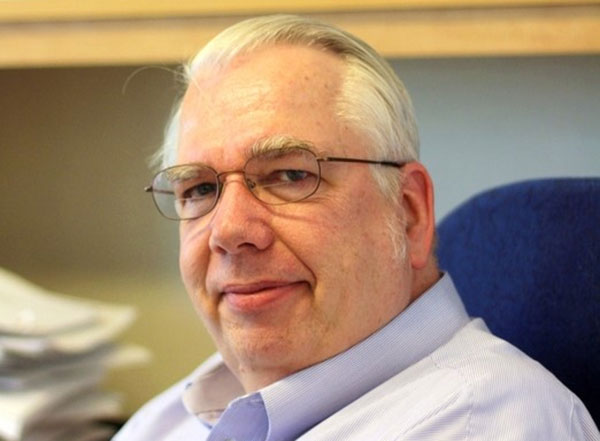
Forsberg is not alone in this blunt and practical assessment. Thousands of engineers and physicists who understand air chemistry now support better indoor air filtration and ventilation as our way out of relentless viral waves and chronic hospitalizations.
One environmental engineer, Richard Corsi, who has spent his life trying to improve indoor air quality, even designed a $60 box fan that draws circulating air through filters as a pandemic fighter. Thousands of citizens have built them. And yes they work.
A brief history of engineered survival
Unfortunately, the prescription to cleaner air has been overshadowed by too much faith in drugs and the rapid development of vaccines (a historical first) as the true way out of the pandemic. There is no doubt that vaccines, particularly boosters, have dramatically lowered the death toll, but they have not stopped viral transmission, viral evolution, waning immunity or vaccine hesitancy.
But when it comes to pandemics, history shows that they largely perform as a backup squad.
Dramatically lowering transmissions remains a key goal because of the certainty that some who contract and survive the virus will have debilitating long COVID, and allowing the virus to circulate freely speeds its mutation.
Beyond cholera, more historical examples aren’t hard to find.
Yellow fever, a viral pathogen carried by mosquitoes and introduced to North America by the slave trade, didn’t stop killing masses of people until the 1900s.
When its ravages threatened the construction of the Panama Canal, engineers got to work once mosquitoes had been identified as the carriers. “Mosquito brigades” poured oil on standing water to limit the insect’s reproduction. Other troops of fever fighters fumigated homes with pesticides. A vaccine didn’t appear till the 1940s.
Typhus, a bacteria carried by the human louse, dogged European armies and slums for four centuries. It defeated Napoleon and nearly crushed Lenin’s Bolshevik revolution in Russia. Over several decades, bathtubs, soap, cotton underwear and insecticides eventually conquered the louse and gradually reduced disease transmission.
But typhus didn’t vanish. It remains a potent history maker and can reappear wherever events crowd displaced people into cramped quarters.
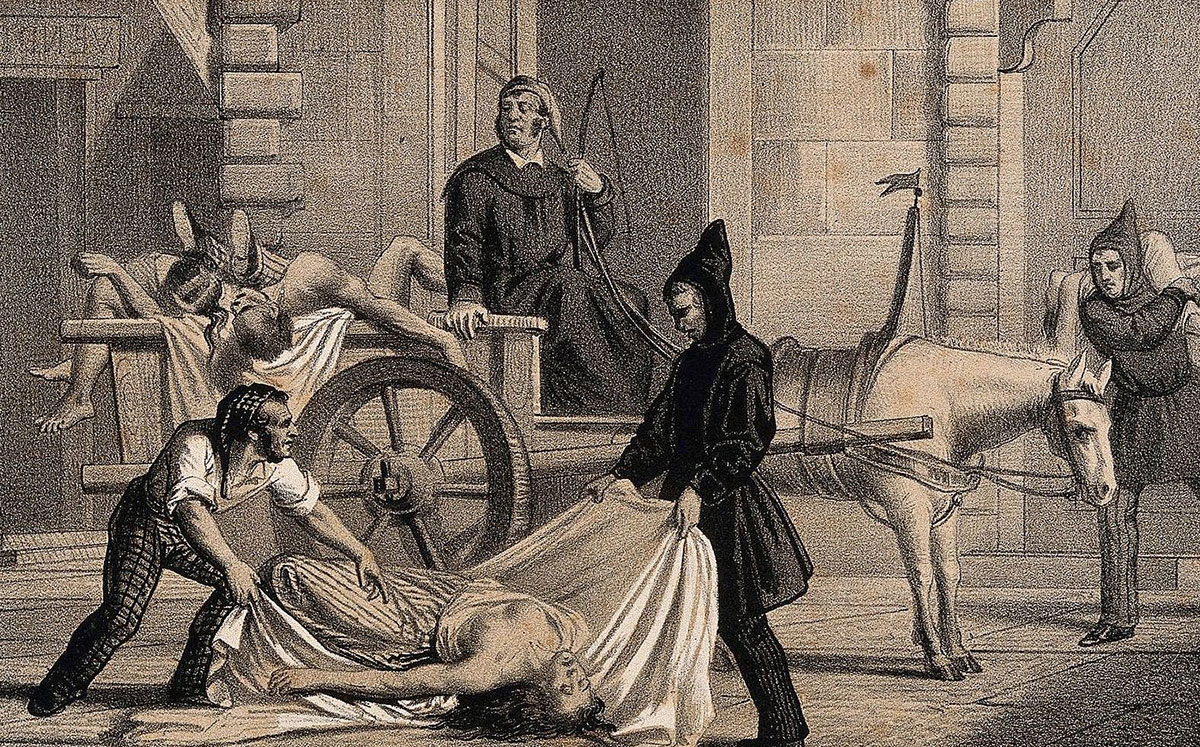
The Black Death started reshaping Europe in the 1300s and showed up every decade or so after over the next 300 years. So why did deadly outbreaks caused by a bacterium carried by fleas, lice and black rats roll on for three centuries?
Historians are still debating the plague’s demise but engineering may have made a key contribution. Quarantines and isolation probably played an important role as well as changes in climate, clothing and human nutrition. But society also changed the nature of home construction. A 14th century dwelling was typically covered by a thatched roof which provided ideal living conditions for black rats and fleas. Eventually, after a wave of monstrous fires visited many European cities in the 17th century, homes of that sort were replaced by brick structures and slate roofs.
At the same time an invasion of brown rats, which prefer sewer living, displaced Europe’s black rats.
So actual changes in the conditions of living probably brought an end to the Black Death by eradicating its most fertile conditions.
Vaccines and antibiotics that can cure bubonic plague came much later. And yes, the disease can still be found around the world in rodent populations just waiting for another opportunity. Pathogens recede; they don’t vanish.
Today’s clean indoor air movement
So Forsberg’s point is elegant and correct. Physical changes in how we eat, dress, house and interact with the world can dramatically alter disease patterns and even end pandemics.
If pandemics usher in new ages of re-engineered human living, what does COVID invite of us? Nothing less than a revolution in clean indoor air, say experts who have been pointing in that direction for some time.
Among them are atmospheric chemist Kimberly Prather and environmental engineer Linsey Marr, both of whom recognized early that COVID had found a convenient niche in poor air quality in badly ventilated buildings and schools.
That would make sense, given the virus wasn’t being spread by heavy droplets as the medical establishment first believed, but light aerosols that floated through a room like a fog or smoke. In fact schools equipped with good mechanical ventilation can reduce viral transmission by 74 per cent found one recent Italian study.
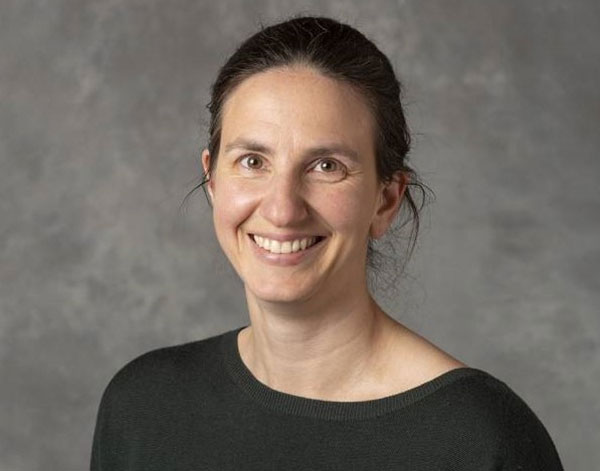
The complexity scientist Yaneer Bar-Yam also recognized earlier than most public health experts the importance for focusing on critical parameters such as clean air, testing and masks, which act as individual air filters. Why? Because all have ability to choke viral transmission if scaled up properly.
“There are lots of different ways to stop a pandemic but they all begin with empowering people,” noted Bar-Yam.
The clear air movement has begun to make progress. The American Society of Heating, Refrigerating and Air-Conditioning Engineers has published a document calling for better air quality as an effective means of reducing viral transmission.
The Ontario Society of Professional Engineers has just published a paper on how COVID spreads that should be required reading for every Canadian politician.
The government of France ordered new CO2 standards for school classrooms, because high CO2 levels can indicate poor air exchange and the need for proper ventilation to reduce the risk of COVID spread if infectious individuals are present.
Coincidentally, a research paper by Harvard medical school's Edward Goldstein released last month and not yet peer reviewed concludes that in France “children between the ages of 10 and 19 years played the greatest relative role in propagating Omicron epidemics, particularly when schools were open.”
Indoor air expert Corsi, now dean of engineering at UC Davis, believes that vaccines and anti-virals are really important. “But this pandemic is not going anywhere until we get serious about lowering the inhalation dose, folks,” he recently tweeted.
“Doing so is not rocket science. It’s technically simple and just a matter of human will.”
Corsi also believes that the pandemic is already changing attitudes about indoor air quality.
“Suddenly, the public and policy-makers are in tune with what happens inside buildings. The public is now learning about ventilation and filtration. There are a lot of people who have never worked in indoor air quality who have been world-class outdoor air pollution researchers, and they’re suddenly really interested in indoor air quality,” Corsi told Chemical and Engineering News earlier this year.
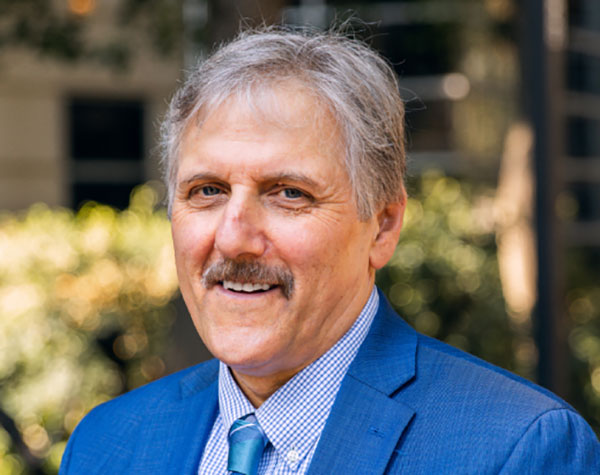
Christina Pagel, a British health expert with a background in math and physics at University College London, recently told the U.S. scientist Eric Topol that cleaning the air in public spaces is essential.
“The thing about cleaner indoor air is that it works on any variant and any airborne disease; it helps against pollution; it helps against all kinds of things. And it doesn't take away anyone's freedoms.”
If so, why have nations with tremendous capacity for designing, building and installing a new generation of ventilation and filtration systems been slow to act?
Pagel notes who we tend to listen to in times of medical crisis and who has a hard time being heard. “One of the issues is that a lot of the experts in ventilation are not doctors or clinical experts. They're engineers, architects, chemists and physicists.” The differing ways those two groups assess and tackle problems, she says, is “quite a clash of cultures.”
Bar-Yam defines the difference between the two cultures this way.
“Biological communications is about passive observations.” In contrast engineers predict, intervene “and make things happen.”
Fighting pandemics, Bar-Yam added, really is “a technology adaption problem.”
Forsberg would agree.
“Safe air, provided by technologies developed and implemented by mechanical engineers, will stop COVID-19 and its mutations, as well as colds, flus, and other airborne diseases,” he wrote. “But first we will have to make a conscious decision to build them.”
Until then, don’t expect this pandemic to end, let alone fade away. ![]()
Read more: Coronavirus, Science + Tech


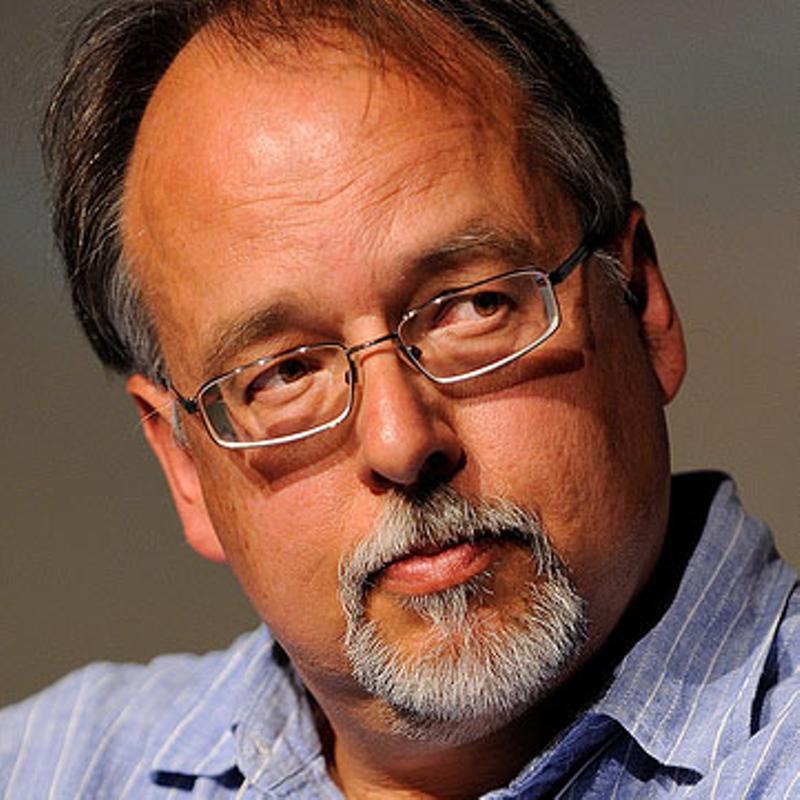
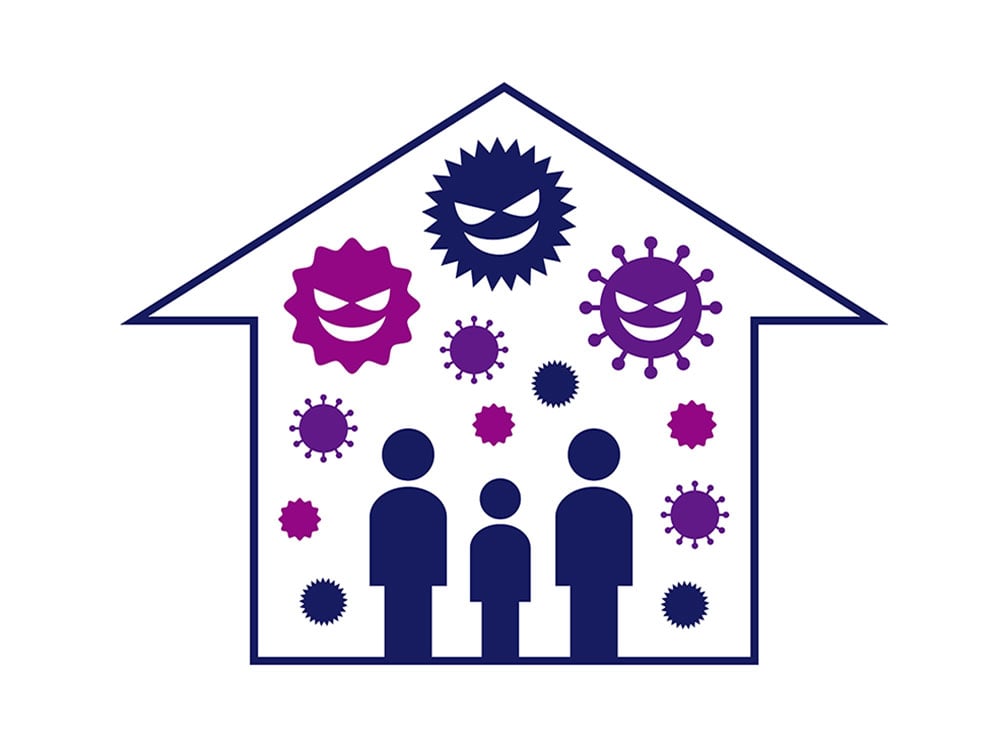












Tyee Commenting Guidelines
Comments that violate guidelines risk being deleted, and violations may result in a temporary or permanent user ban. Maintain the spirit of good conversation to stay in the discussion.
*Please note The Tyee is not a forum for spreading misinformation about COVID-19, denying its existence or minimizing its risk to public health.
Do:
Do not: